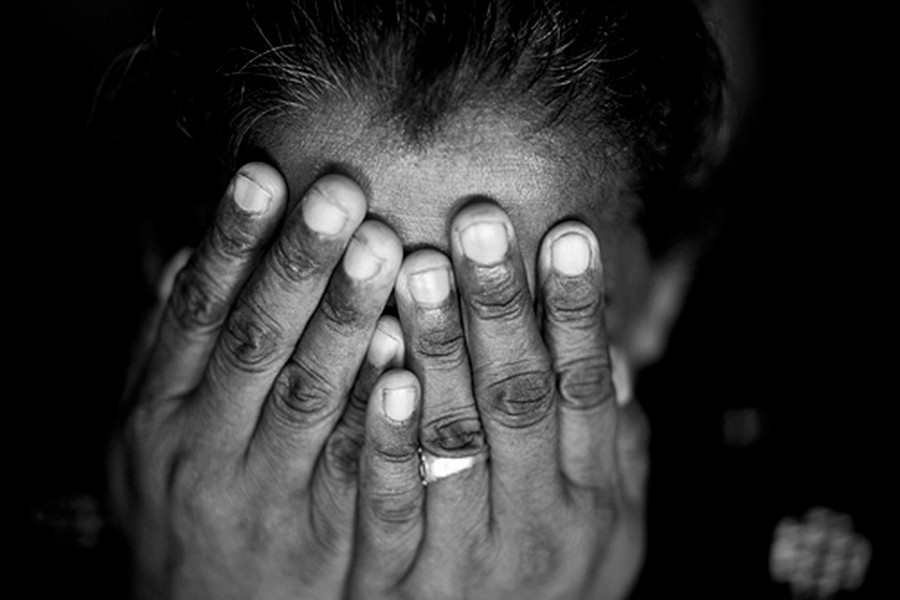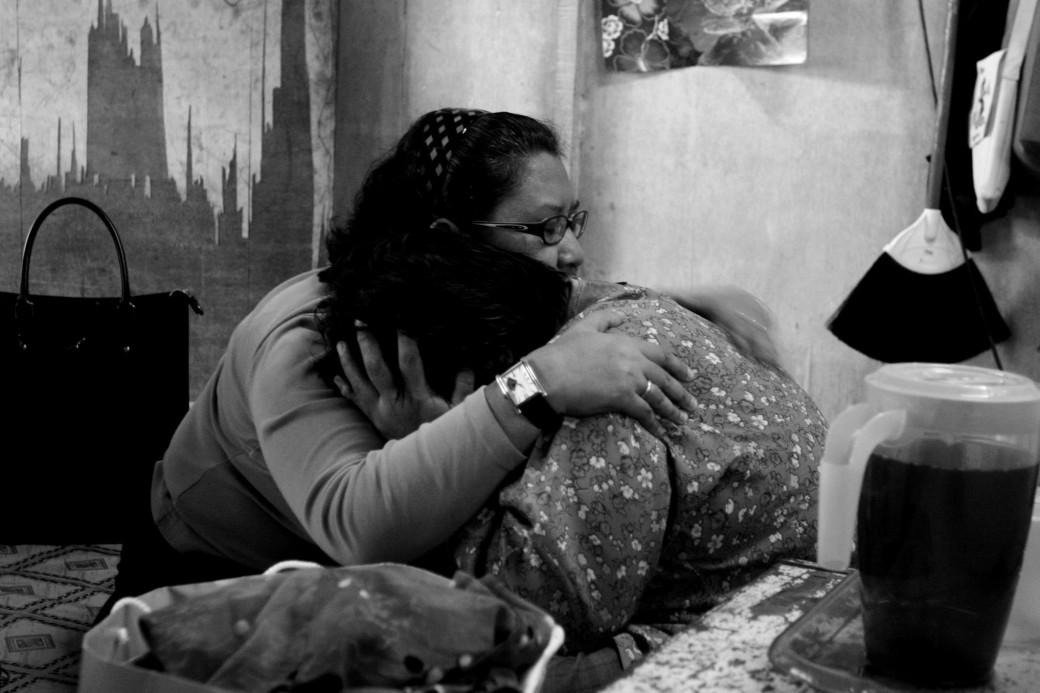Stigma & Discrimination
Advancements in HIV science mean that today people living with HIV (PLHIV) can work, study, play and participate in social activities without any impact on their productivity or interaction with others. Yet, stigma and discrimination on basis of HIV status continue to persist –in work place, in public services, even in education sector. As recent as 2014, Malaysian AIDS Council and its Partner Organisation still receive reports that PLHIVs are still subjected to indignition and unfair treatment; A student at a leading private university in KL had his diploma withheld on account of being HIV+, and in another similar case, a student was told that he is no longer eligible for scholarship the same reason. Shockingly, discrimination started early in the system – so much so that the HIV status of most of our AIDS Shelter Homes children need to be kept at absolute secrecy when they attended public school for fear of offending parents of other children. On the employment front, unfair termination still happens, in both private and public sector, and HIV status inquiry is still being insisted by many employers although there is no basis for them to continue doing so, especially when first line ARV treatment is available free or charge at government health facilities across Malaysia. And finally, social pressure also forced many PLHIV to stay in the shadow, afraid to come out even to seek treatment due to shame associated with the disease. It was estimated that from 30,000 PLHIV that require treatment, only 40% has done so.
Sexual transmission: the Time Bomb
Sexual transmission is now the leading cause of HIV in Malaysia (70% of all newly reported cases in 2014), replacing injecting drug use which used to be the main cause of the HIV and AIDS epidemic for nearly 3 decades. Malaysia currently record 9 new HIV infections per day, and 6 of them were caused by sexual transmission. From public healthcare point of view, HIV and AIDS epidemic in Malaysia is currently considered as concentrated epidemic, where high incidence of infection were found within the key affected population (KAP) – sex workers, injecting drug users, transgender person and men who have sex with men (MSM). If the current trend remains unchecked, HIV epidemic could potentially cross this KAP thereshold and exploded to become a generalised epidemics. Generalized epidemics are defined as those in which HIV infection is firmly established in the population and in which sexual networking in the general population is sufficient to sustain the epidemic (Brookmeyer, 2010). The risk of this public healthcare timebomb is very real and when or if it does happen, HIV prevention and risk mitigation efforts will be extremely difficult to carry out. Without greater understanding about safe sex practice, the epidemic could potentially grow exponentially in short time. Many young people nowadays were being lulled into false sense of security, thinking that HIV is far and wide from them, and that they were never at risk from acquiring the infection.
Reduced interest in HIV and AIDS
There is a growing perception in this country that the HIV and AIDS battle has been won, and the we are ready to move forward and address many other healthcare issues. While we are certainly proud of the many great achievement that has been made for the past 2 decades, this is certainly not the time for us to put HIV and AIDS in the backburner. The dynamic nature of the HIV epidemics also means that we need to be one step ahead in our prevention strategy, while at the same time maintaining the quality and the intensity of our existing programme like the Needle Syringe Exchange Programme for injecting drug users. This indifferent attitude towards HIV and AIDS is also somewhat reflected in the mindset of the younger generation of Malaysian - a particular sub-population that was not previously exposed to the ravages of the global AIDS epidemic that used to dominate news headline in the early days of the epidemic – they have nonchalant attitudes towards safe sex practices, and always in view that HIV is “none of my problem”.





